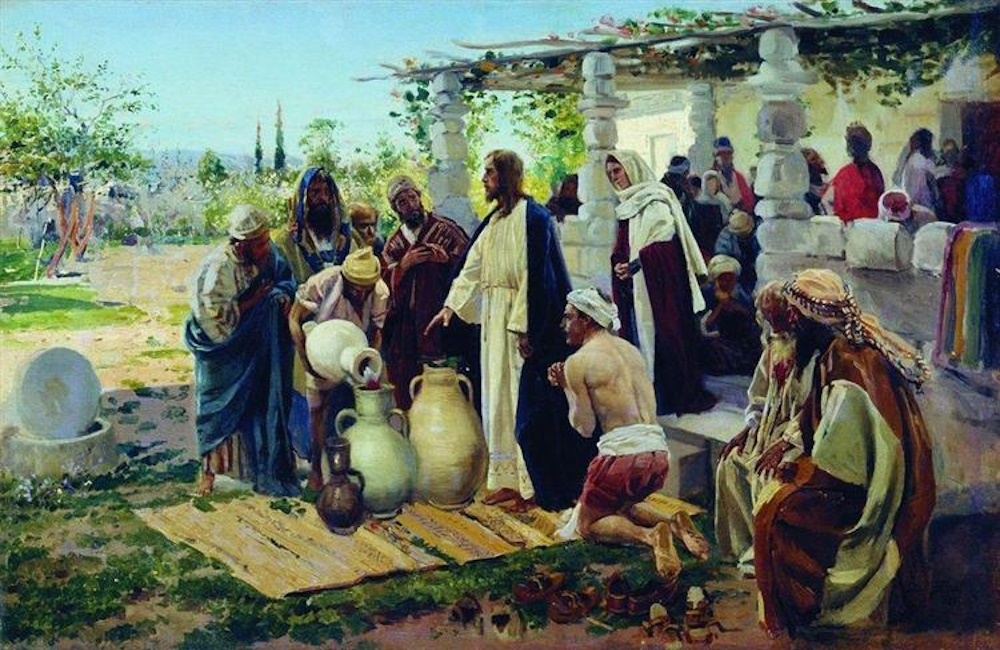Role of Miracles in Previous Religions: Moses and Jesus
Miracles have historically served as clear signs of God’s presence and authority. They act as confirmations of a prophet’s mission, establishing the legitimacy of a faith and demonstrating that its message originates from the divine. Comparing the roles of miracles in the missions of Moses, Jesus, and Muhammad highlights notable differences in how divine power is manifested.
In the Hebrew Bible, Moses is presented as a prophet whose authority was confirmed by God through extraordinary acts. God Himself performed miracles to demonstrate that Moses was chosen to lead Israel. The Lord sent plagues upon Egypt to compel Pharaoh to release the Israelites, parted the Red Sea so that the people could escape safely, and produced water from a rock to sustain them in the desert (Exodus 3:2–12; 14:21–22; 17:6). These events were direct interventions by God, not acts of human ability. They served to confirm that Moses’ message and leadership were divinely sanctioned. Miracles functioned as public, undeniable proofs of God’s presence, establishing the foundations of Judaism.
Jesus, as God incarnate, performed miracles by His own authority. In the New Testament, He healed the sick, raised the dead, walked on water, and multiplied food for thousands (John 11:43–44; Matthew 14:19–21). He explicitly stated the purpose of these works: “If I do not do the works of my Father, do not believe me; but if I do them, even though you do not believe me, believe the works, that you may know and understand that the Father is in me, and I in the Father” (John 10:37–38). Through these miracles, Jesus demonstrated that the Father was with Him. They were not merely wonders but proof of His divine mission, fulfilling prophecy and revealing God’s presence. In this way, miracles served as public testimony that validated His authority and confirmed the divine origin of His message.
Muhammad and the Quraysh’s Demand for Miracles
When Muhammad began preaching in Mecca, the Quraysh repeatedly asked him to perform miracles to demonstrate his prophetic authority. Unlike Moses and Jesus, Muhammad did not perform outward, visible miracles. The Qur’an presents his response clearly: he was a warner, and miraculous signs are granted by God alone, not by human effort. “And they say, ‘Why has no sign been sent down to him from his Lord?’ Say, ‘The Qur’an is sufficient as a sign between me and you’” (Surah 29:50–51). Another verse reinforces his limited role: “Say, ‘I am only a warner’” (Surah 11:12). In Islamic theology, the Qur’an itself is regarded as the ultimate miracle, a literary and linguistic wonder unmatched by human ability. However, this differs from the traditional expectation of miracles as visible, historical acts performed by God or His messenger.
Contradiction Between Qur’anic Claims and Hadith Reports of Miracles
While the Qur’an clearly emphasizes that Muhammad performed no outward miracles, later Islamic traditions in the Hadith attribute numerous extraordinary events to him. These include the splitting of the moon, the multiplication of food and water, water flowing from his fingers, light emanating from his body, and even animals and trees responding to him.
One of the most widely cited examples is the “splitting of the moon,” mentioned briefly in the Qur’an (Surah Al-Qamar 54:1): “The Hour has come near, and the moon has split.” The Qur’an does not explicitly state that Muhammad performed this as a miracle, but Hadith narratives expand on the incident, describing it as a supernatural sign witnessed by the people of Mecca in response to their challenge.
This creates a tension within Islamic sources. On one hand, the Qur’an consistently states that Muhammad’s role was to convey God’s message and that miraculous acts are under God’s authority, not his own. On the other hand, Hadith literature attributes multiple miracles to Muhammad, portraying him as performing extraordinary acts comparable to the prophets before him.
Scholars and observers have debated this discrepancy. Some interpret the Hadith accounts as symbolic or allegorical, while others regard them as literal historical events. Regardless, the difference between the Qur’an’s account and later Hadith reports highlights a notable inconsistency in how Muhammad’s prophetic authority is confirmed compared with the visible, God-performed miracles of Moses and Jesus.
Conclusion
In the prophetic traditions of Moses and Jesus, miracles were prominent and publicly acknowledged acts of God that validated their missions. Moses’ authority was confirmed by God performing mighty acts, and Jesus’ miracles, performed by Him as God incarnate, demonstrated that the Father was with Him.
Muhammad’s mission, according to the Qur’an, began without visible divine signs. He relied on the Qur’an itself as the proof of his prophetic authority, a text of guidance rather than a supernatural act. Later Hadith accounts describe miracles attributed to him, but these stand in contrast with the Qur’an’s statements about his lack of outward signs.Thus, while God’s presence was visibly manifested to authenticate Moses and Jesus, Muhammad’s reliance on scripture alone marks a significant departure from the pattern of divine confirmation established in earlier prophetic missions.
